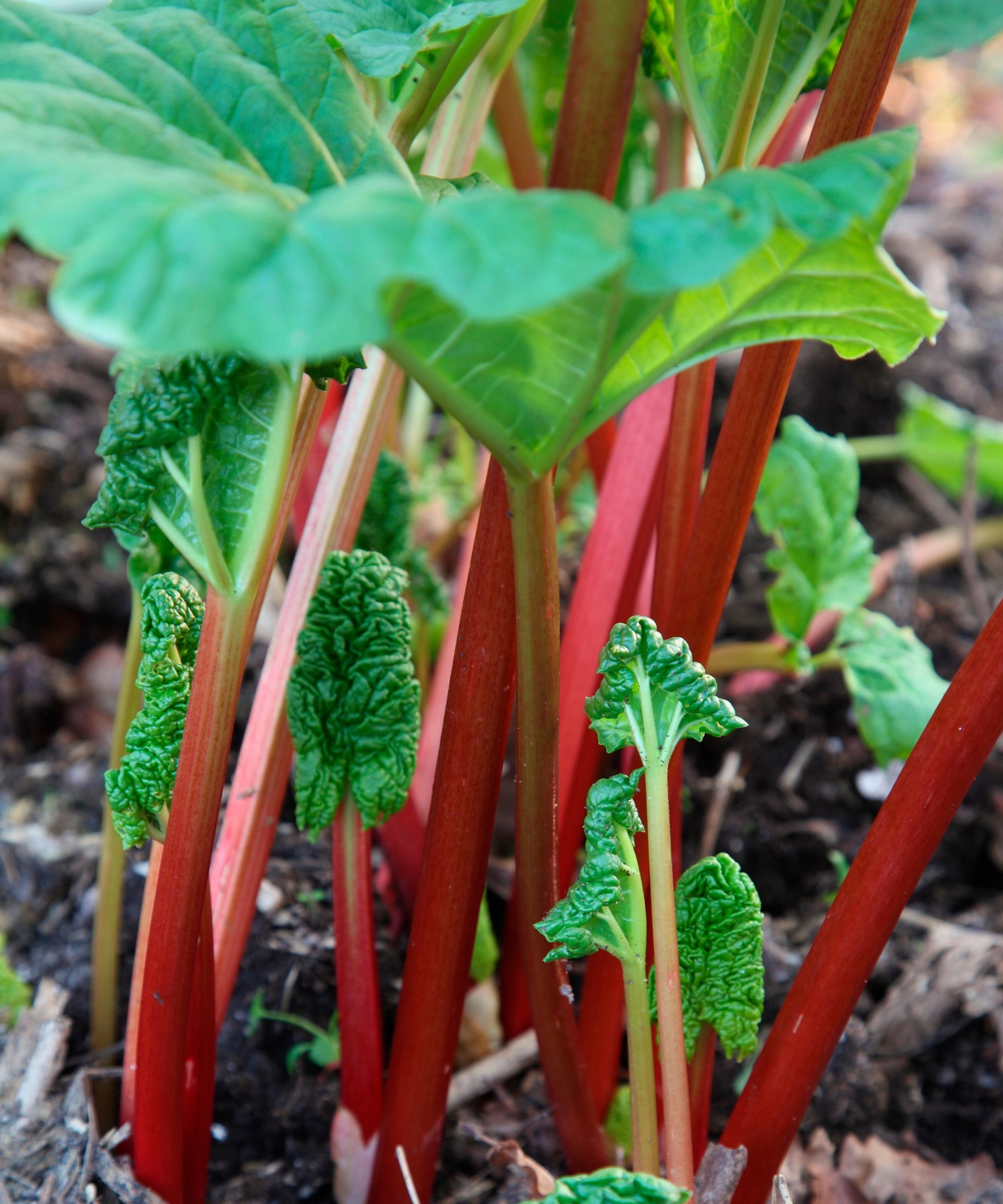Transplanting rhubarb – the benefits of splitting rhubarb
Learn the benefits of transplanting rhubarb plants with this comprehensive guide


Transplanting rhubarb is a great way to increase your crop, extend the fruit bearing season of your plant, or get a head start on growing your plants in colder climates. Splitting or dividing existing rhubarb plants to transplant them breathes new life into your crop and can lead to annual bumper harvests when done correctly.
Because learning how to grow rhubarb can be easy, you may wonder if transplanting rhubarb is worth it for such a hardy plant. The transplanting process is easy and is an effective way to strengthen your plants for the harvest season and prepare them for another year of growth.
So, when thinking about how to harvest rhubarb for a bumper crop, consider using this guide to transplanting rhubarb for the best results.
Transplanting rhubarb
Transplanting rhubarb may seem like extra effort for an otherwise easy plant, but it is worth the work if you want the best harvest.
The purpose of transplanting is to give each plant more space to grow and develop stronger roots. This is a particularly useful process if your plants are beginning to grow too big for their initial plot, or if you began the growing process indoors or in a greenhouse to avoid potential frosts.
Here we have asked experts for their advice on when and how to transplant rhubarb.
When to transplant rhubarb

‘It is a good idea to split and transplant your rhubarb every five years or so,’ explains Rachel Crow, garden editor for Homes & Gardens. ‘As large clumps of rhubarb grow, they can overgrow their initial planting spot and become weak, resulting in a smaller harvest year on year.
Design expertise in your inbox – from inspiring decorating ideas and beautiful celebrity homes to practical gardening advice and shopping round-ups.
‘This process is best carried out in the cooler months of late fall and early spring before any new shoots emerge.’ This is the period after harvesting rhubarb and before the next crop growth.
When transplanting your rhubarb in the fall months the plants should be mulched with a few inches of straw to provide the plant additional time to establish itself before frosts freeze the soil.
How to transplant rhubarb

The process of transplanting rhubarb is easy, especially in comparison to learning when to plant rhubarb from seeds.
Dig the dormant plant up carefully with a spade, digging around the root clump to life the plant from the ground whole. Carefully use a trowel, or a spade if needed, to separate the plant at the roots. Larger plants can often be split into multiple sections and may need more force if they are older or the roots have become dense. Each section should have two to three buds and a healthy portion of the root system.
‘You should aim to replant the sections as soon as possible to prevent the root systems from drying out,’ warns Rachel, ‘the longer the plants are left out of the ground, the less likely the transplant will be successful.’ One way to maintain health transplants if you cannot replant immediately is to wrap the roots in a plastic bag and store them in a cold area or fridge. Soak the roots in water before replanting.
Replant the transplants in full sun, around six inches deep so the buds sit just below the surface before watering well. Rhubarb would also benefit from nutrient-dense compost to help the transplant re-establish itself in your garden.
Where is the best place to replant rhubarb?
The best place to replant rhubarb is in areas of full sun. You should avoid any shady spots of your garden, including near trees and shrubs, to give your transplanted rhubarb the best chance of successful growth.

Chiana has been at Homes & Gardens for two years and is our resident 'queen' of non-toxic living. She spends most of her time producing content for the Solved section of the website, helping readers get the most out of their homes through clever decluttering, cleaning, and tidying tips. She was named one of Fixr's top home improvement journalists in 2024.